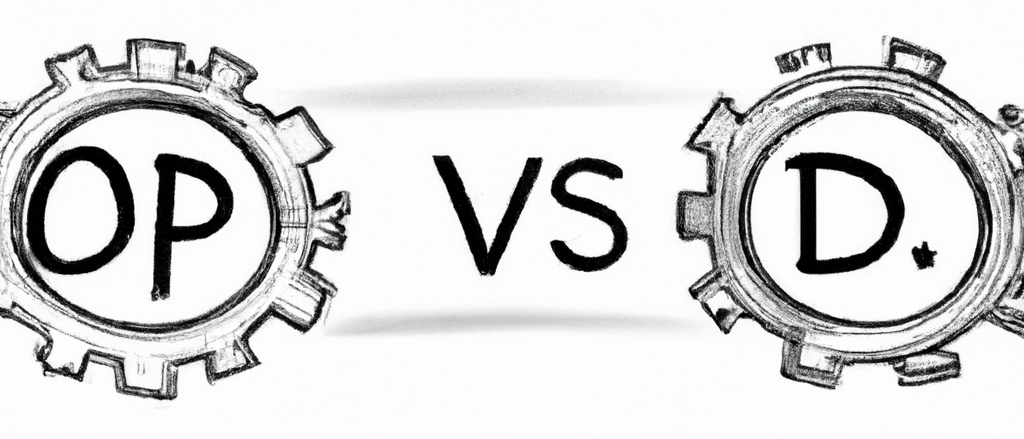
The Scaled Agile Framework (SAFe) specifically addresses the separation of development and operational value streams to optimise product development and delivery processes.
Development Value Stream:
The development value stream focuses on creating, evolving, and deploying solutions. It encompasses the entire process of ideation, design, development, testing, and deployment of products or features. The aim is to deliver valuable, high-quality solutions that meet customer needs and align with the organisation’s strategic objectives.
Key aspects of the development value stream include:
- Agile Release Trains (ARTs): ARTs are long-lived, cross-functional teams that work together to develop and deliver value iteratively. They operate within the context of a Program Increment (PI), focusing on delivering specific objectives aligned with the organisation’s strategy.
- Continuous Exploration: This process involves constant research, ideation, and validation of new ideas, concepts, or solutions to ensure that the development value stream is aligned with customer needs and market trends.
- Continuous Integration: Emphasising the importance of integrating code frequently and consistently to ensure that the development process is efficient, reliable, and able to adapt to changes quickly.
- Continuous Deployment: The development value stream aims to deploy new features and updates as soon as they are ready, ensuring that customers receive value quickly and consistently.
Operational Value Stream:
The operational value stream focuses on the management, support, and maintenance of deployed solutions. It deals with the day-to-day operations of the product or service, ensuring that it functions effectively and efficiently in the hands of end-users.
Key aspects of the operational value stream include:
- DevOps: Emphasising the importance of a strong DevOps culture, which bridges the gap between development and operations teams. This approach fosters collaboration, knowledge sharing, and the use of best practices to optimise the end-to-end delivery process.
- Continuous Delivery Pipeline: This pipeline automates the process of deploying new features, updates, and fixes to the production environment, minimising downtime and ensuring that the operational value stream functions smoothly.
- Monitoring and Analytics: The operational value stream requires constant monitoring and analysis of product performance, user feedback, and system metrics to ensure that the deployed solutions meet customer needs and expectations.
- Continuous Improvement: Promoting a culture of continuous improvement in the operational value stream, where teams learn from experience and user feedback to optimise processes, resolve issues, and enhance the overall customer experience.
Scaled Agile distinguishes between development and operational value streams to optimise product development and delivery processes. The development value stream focuses on creating, evolving, and deploying solutions, while the operational value stream deals with the management, support, and maintenance of deployed solutions. This separation enables organisations to strike a balance between delivering new features and ensuring the smooth functioning of existing products or services.
All this may have given the impression that Scaled Agile directly addresses the operational value stream, which is not accurate. In fact, it primarily focuses on the development value stream, ensuring the effective and efficient creation, evolution, and deployment of solutions.
However, it does recognise the importance of aligning the development value stream with the operational value stream. The framework encourages the adoption of DevOps practices and principles, which bridge the gap between development and operations teams. While Scaled Agile itself does not directly manage or dictate the operational value stream, it fosters an environment that promotes collaboration, communication, and the sharing of best practices between development and operations teams.
The alignment of development and operational value streams is achieved through the following practices:
- DevOps: As mentioned earlier, it encourages a strong DevOps culture that aims to improve collaboration between development and operations teams, streamline processes, and automate the delivery pipeline.
- Continuous Delivery Pipeline: While the pipeline is primarily a development-focused concept, it plays a vital role in ensuring that new features, updates, and fixes are deployed smoothly to the production environment, thereby impacting the operational value stream.
- System Demos: At the end of each iteration or Program Increment, it recommends conducting System Demos to showcase the new functionality and features to stakeholders, including operations teams. This practice helps align the development and operational value streams by providing an opportunity for feedback and collaboration.
In summary, while Scaled Agile primarily focuses on the development value stream, don’t underestimate the importance of aligning it with the operational value stream. The framework encourages the adoption of DevOps practices and fosters an environment that promotes collaboration and communication between development and operations teams. However, it does not directly manage or address the operational value stream itself.


